
Santa Barbara has long been known as a destination for travelers from the east. For health-seekers and those interested in relocating, its mild climate and beautiful setting were described in publications widely distributed. These impressions describe a time gone by, with some features still in existence today. Enjoy these glimpses of long-ago Santa Barbara from a publication housed in the archives of the Library of Congress.
FROM THE INTRODUCTION
Let us go to Santa Barbara!
The descriptions that come from there are enchanting as well as appetizing. Olive and orange groves; stately walnut trees; vines clustering on the hillside; fruits of every variety — tropical, semi-tropical, and temperate; orchards equaling those of Sorrento, and an air from the ocean as soft and refreshing as from the Mediterranean. Beach drives unequaled; mountain views unrivaled; romantic glens and groves.
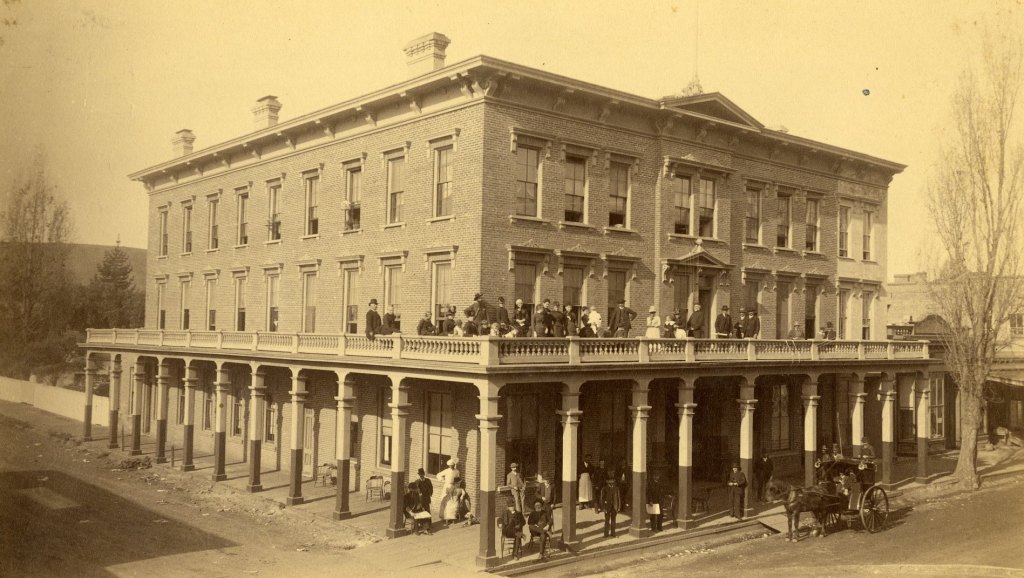
HOTELS
The leading hotel is the Shaw House. It is a large, three-story brick building, on the corner of State and Haley streets. Incorporated in the brick work is a solid framework of timber which was first put up, braced and anchored in the strongest manner, to give firmness to the structure. Broad verandas front on the two streets, and the rooms are handsomely furnished, pleasant and sunny. Mr. Shaw is an accommodating landlord, and the house is well kept and generally full of guests. It was completed in the autumn of 1871. The transient charge is $2.00 per day.

THE HOT SPRINGS
Up a steep winding road that bores like a corkscrew into the heart of the mountain lie hidden away mineral springs of rare remedial power. The sick drink of the waters and bathe in them and are healed. The well drive up of a morning, and go into the steaming pool of Siloam for pleasure. The scenery is rough and craggy … but go out on one of those jutting rocks and you will look down upon a view that amply repays the exertion. The limited accommodations for invalid visitors at the springs are generally tasked to the utmost. A large hotel within a mile would never lack for patronage. The medicinal qualities of these waters will be referred to again.

CLIMATE FOR INVALIDS
Many consumptives visit this part of the country and derive much benefit from its equable climate, which makes it especially appropriate to this class of patients, who besides find much attraction in the pleasant drives along the hard sea beach, or in the healthful rides and walks up the many romantic little dells and valleys and over the low rolling hills, covered here and there with clumps of evergreen oak, sycamore, cotton-wood laurel, alder, and other trees and shrubs too numerous to mention. We have every attraction that one of these days will make Santa Barbara a favorite resort for invalids, convalescents, and all those who desire to pass a quiet, peaceful and healthy life.
CHEAP HOUSE BUILDING

Most houses are of wood, and of the kind called “Balloon” or “Chicago” frames, fastened together with nails and with no upright posts larger than 2×4 inches. These are the strongest kind of wooden buildings. For the farmer in haste to build and to build cheaply, an adobe house is by no means to be despised. It can be built by natives working at $20 a month, of common earth, saving the price of lumber, skilled labor and transportation. The walls are two to three feet thick, and the house is very comfortable, being cool in summer and warm in winter. They are roofed with tiles, shingles or “shakes.” A comfortable frame house of four rooms and a piazza, for a small family, painted inside and out, and finished with cloth and paper instead of plaster, can be put up in town for $500.
On a farm, paint, cloth and plaster can be dispensed with for a while, when economy is necessary, and the cost will be much reduced. Dwellings are necessary mainly for privacy, and very slight, cheap structures are as good as the warm and more costly ones of colder climates. As a rule, farmers live in small and cheap houses, the climate — which permits children to play out of doors for at least 300 days in the year and makes the piazza or the neighboring shade tree pleasanter than a room, in winter or summer — being probably to blame for it.
The dwelling is a less important part of the farm than at the East. A cellar is not necessary, nor are two stories. A long range of rooms with broad and comfortable piazzas is the best-copied after the adobes of the natives, and very convenient for doing housework. Our fences are cheap, durable and tight. Poles are cut in the chapparal [sic] seven or eight feet long by natives at $8 per 1,000. A plow runs a furrow along the proposed line offence, the poles are set in the trench close together and tied at a height of five feet to a pole running horizontally, the furrow is filled up with dirt again and the fence is done. The expense is about seventy-five cents per rod.
HUNTING AND FISHING

Game of various kinds abounds in the county. The famous grizzly may be met in the mountains, if anyone desires such an interview. Such meetings are not apt to be wholly satisfactory except to the grizzly, as he usually closes the proceedings by eating the interviewer. Hare are numerous, where the sage bush grows to afford them shelter. Rabbits are found everywhere. Wild ducks are abundant in the winter, on the miniature ponds in the fields, caused by the rains. Quail are plentiful in the foothills. There are many of the small brown or “cinnamon” bear in the mountains, and the California lion, a species of panther. Bear may even be seen grazing among the cattle as feed and water grow scarce in the late summer. The mountain streams offer fine trout to disciples of Izaak Walton, and there are as good fish in the sea as ever were caught for those who would angle more luxuriously.
Cheri Rae is a longtime neighborhood advocate and the author of A String of Pearls: Pearl Chase of Santa Barbara. She is a board member of the Pearl Chase Society, and the longtime editor of the society’s newsletter “The Capital,” where this article first appeared. Email Cheri at pcs@pearchasesociety.org or visit pearlchasesociety.org.
Premier Events
Wed, Dec 31
9:00 PM
Santa barbara
NEW YEAR’S Wildcat Lounge
Fri, Dec 26
7:00 AM
Solvang
Solvang Julefest
Sat, Dec 27
7:00 PM
Santa Barbara
Schnack ‘n Bari Jazz Trio at Roy
Wed, Dec 31
6:15 PM
Santa Barbara
NYE 2026 with SB Comedy Hideaway!
Wed, Dec 31
9:00 PM
Santa barbara
NEW YEAR’S Wildcat Lounge
Wed, Dec 31
10:00 PM
Santa Barbara
In Session Between Us: Vol. I NYE x Alcazar
Wed, Dec 31
10:00 PM
Santa Barbara
NYE: Disco Cowgirls & Midnight Cowboys
Thu, Jan 01
7:00 AM
Solvang
Solvang Julefest
Thu, Jan 01
11:00 AM
Santa Barbara
Santa Barbara Polar Dip 2026
Sat, Jan 03
8:00 PM
Santa Barbara
No Simple Highway- SOhO!
Sun, Jan 04
7:00 AM
Solvang
Solvang Julefest
Wed, Dec 31 9:00 PM
Santa barbara
NEW YEAR’S Wildcat Lounge
Fri, Dec 26 7:00 AM
Solvang
Solvang Julefest
Sat, Dec 27 7:00 PM
Santa Barbara
Schnack ‘n Bari Jazz Trio at Roy
Wed, Dec 31 6:15 PM
Santa Barbara
NYE 2026 with SB Comedy Hideaway!
Wed, Dec 31 9:00 PM
Santa barbara
NEW YEAR’S Wildcat Lounge
Wed, Dec 31 10:00 PM
Santa Barbara
In Session Between Us: Vol. I NYE x Alcazar
Wed, Dec 31 10:00 PM
Santa Barbara
NYE: Disco Cowgirls & Midnight Cowboys
Thu, Jan 01 7:00 AM
Solvang
Solvang Julefest
Thu, Jan 01 11:00 AM
Santa Barbara
Santa Barbara Polar Dip 2026
Sat, Jan 03 8:00 PM
Santa Barbara
No Simple Highway- SOhO!
Sun, Jan 04 7:00 AM
Solvang

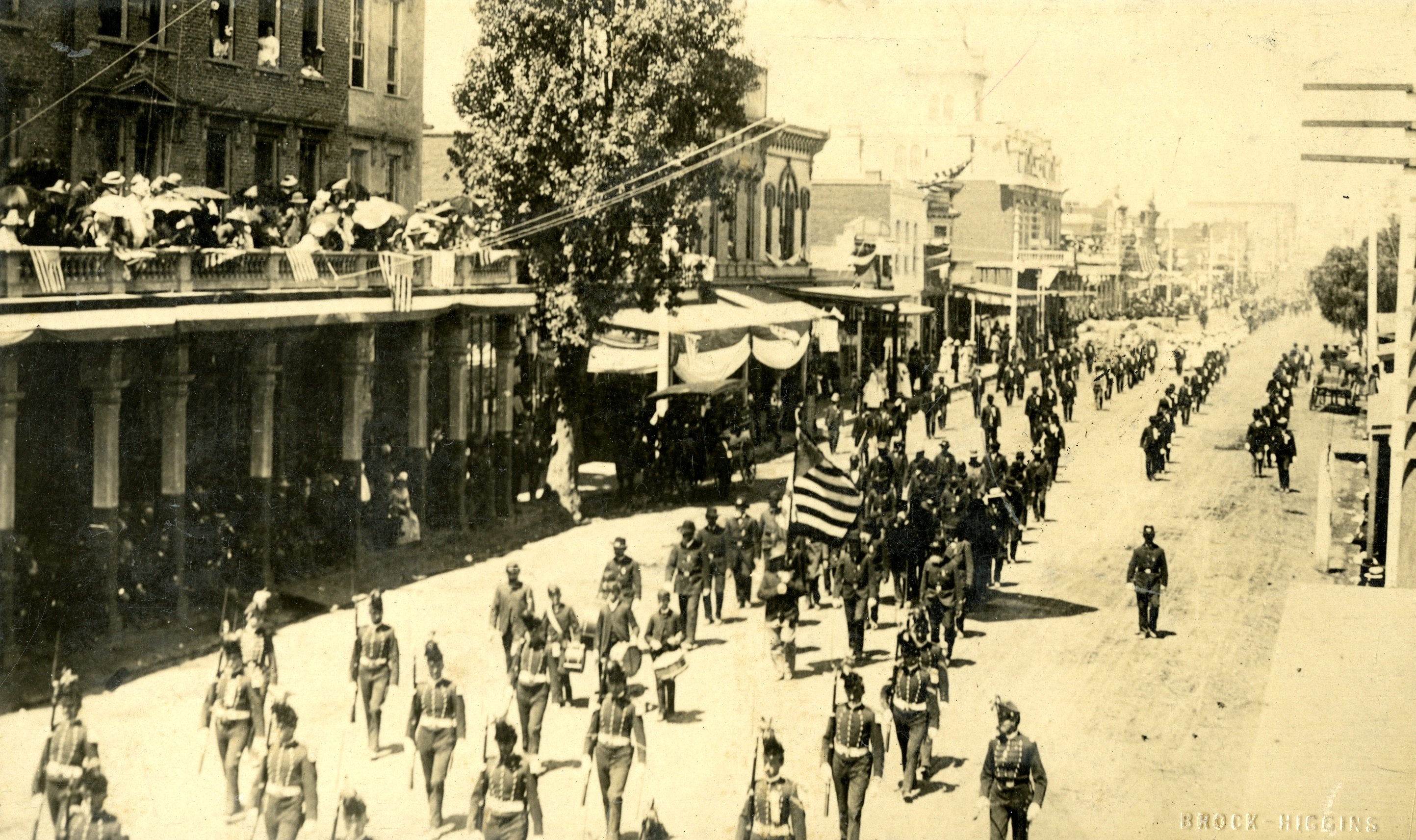
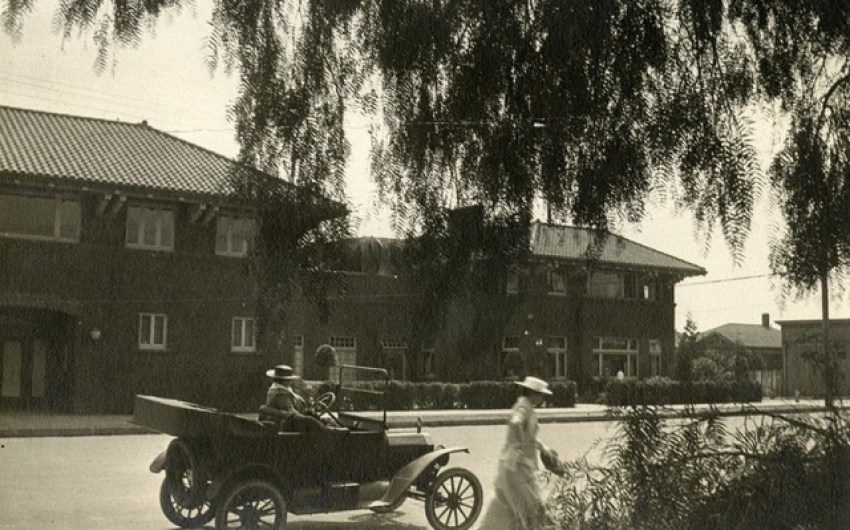
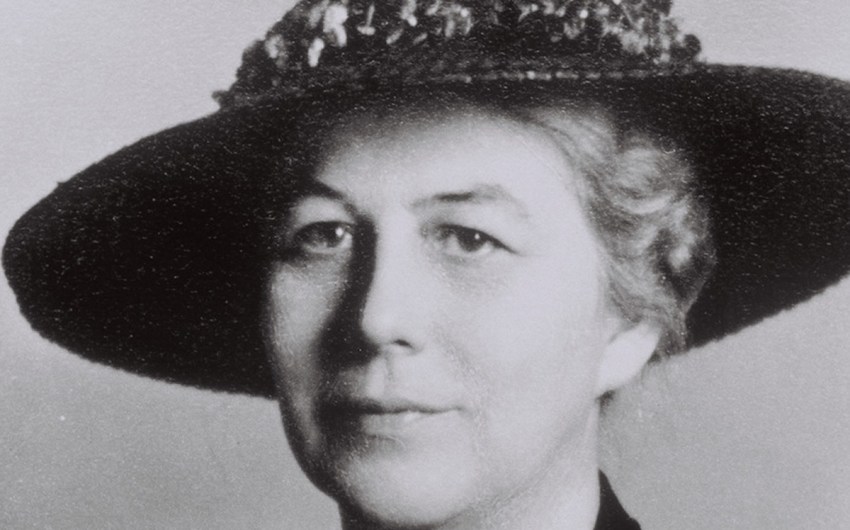
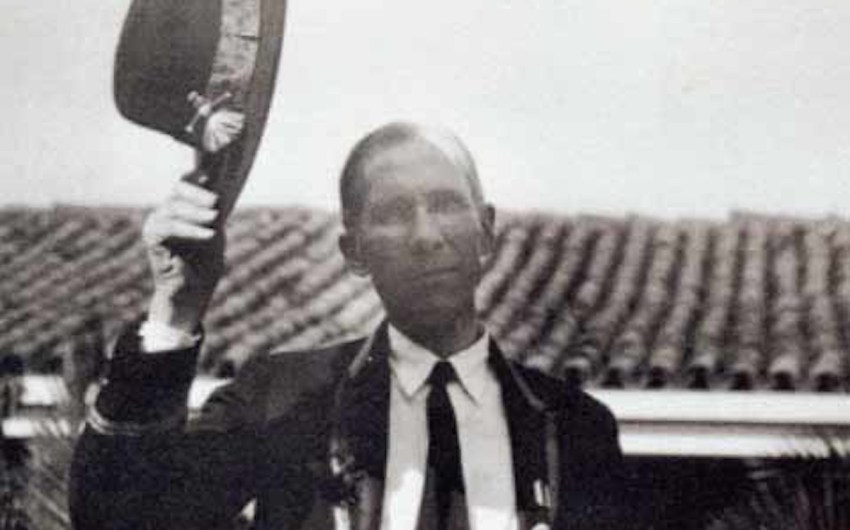










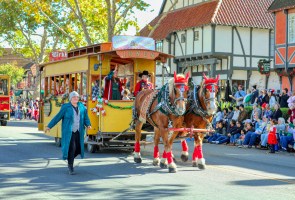




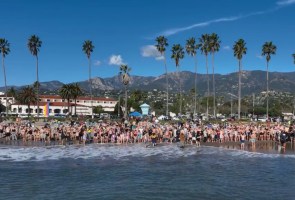

You must be logged in to post a comment.